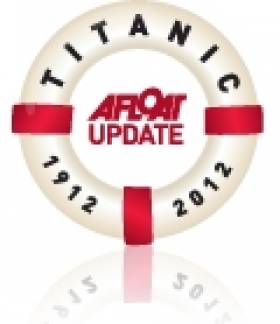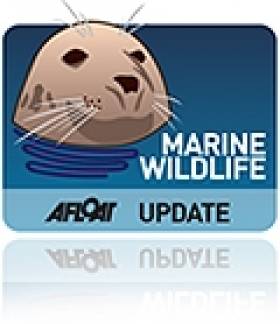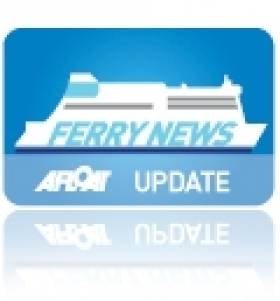Displaying items by tag: images
Titanic As She's Never Been Seen Before
#TITANIC - Next month's edition of National Geographic magazine features startling images with the first ever complete views of the wreck of the Titanic.
The large-scale panoramas were produced by combining "thousands of high-resolution images" of the wreck on the North Atlantic sea floor, according to the Guardian - which has a sample gallery of the Titanic as it is today HERE.
First Humpback Whale Sighting of 2012 Is a Newcomer
#MARINE WILDLIFE - Ireland's first humpback whale of the year has been spotted off the Wexford coast.
The sighting was made yesterday by whale-watchers among a pod of fin whales some three miles south of Hook Head, according to TheJournal.ie.
The Irish Whale and Dolphin Group (IWDG) has also confirmed that the humpback is a new sighting in Irish waters, and has been designated the reference HBIRL18.
RTÉ News has images of the humpback whale HERE.
Titanic Artifacts a Snap - at $189 Million!
#TITANIC - The Titanic is for sale - if you have a spare $189 million to spend, according to the Los Angeles Times.
The single-lot auction, which will take place in April on the 100th anniversary of the Belfast-built ocean liner's tragic demise, includes more than 5,000 items salvaged from the wreck, from gold coins and clothing to parts of the ship's hull itself.
But casual buyers need not apply, as aside from the multi-million-dollar outlay, the prospective purchases must also take on stewardship over the collection, preserving it for future generations and exhibiting parts of it to the public.
Arlan Ettinger, president of Guernsey's Auctioneers & Brokers in New York, commented: "It's like getting a puppy. When you bring it home, you don't think of all the responsibilities and the time and investment that will be required... But it takes great care."
Images of the items up for auction are available HERE.
New Belfast-Cairnryan Route Celebrates First Sailings
#FERRY NEWS - Demotix reports that the first ferries have sailed to Northern Ireland from the new £200m Stena Line port facility at Cairnryan in western Scotland.
The company's final sailings from Stranraer took place at the weekend before the official relocation to the new port, which lies closer to the mouth of Loch Ryan and the North Channel.
As previously reported on Afloat.ie, the Stena Superfast VII is serving the new route following the mothballing of the Stena Voyager service.
The ferry and her sister ship Stena Superfast VIII are on charter from Scandinavian ferry operator Tallink, and are the largest ferries ever to service the North Channel route.
Images of the new Belfast-Cairnryan Stena Line crossing are available HERE.

































































